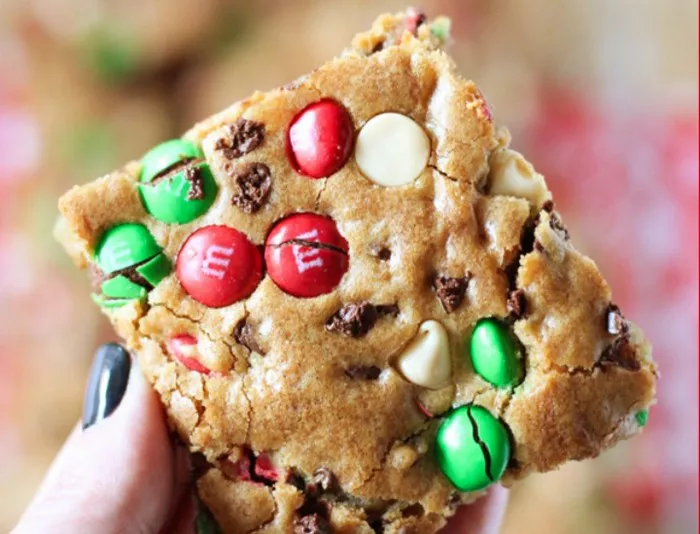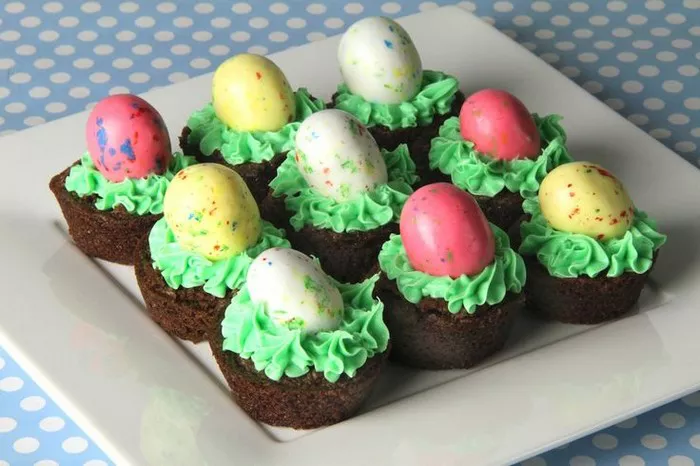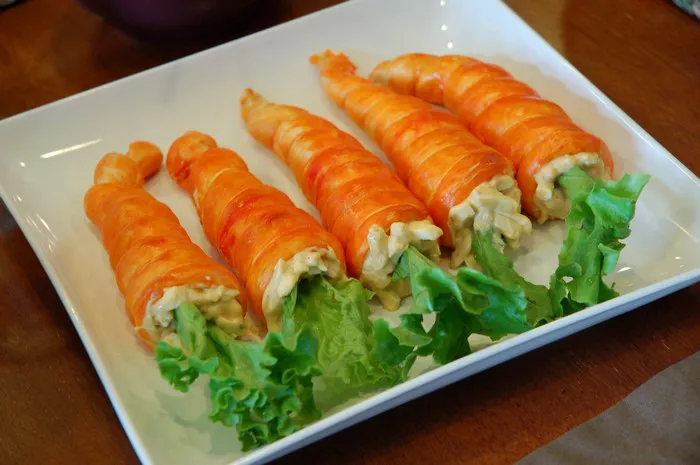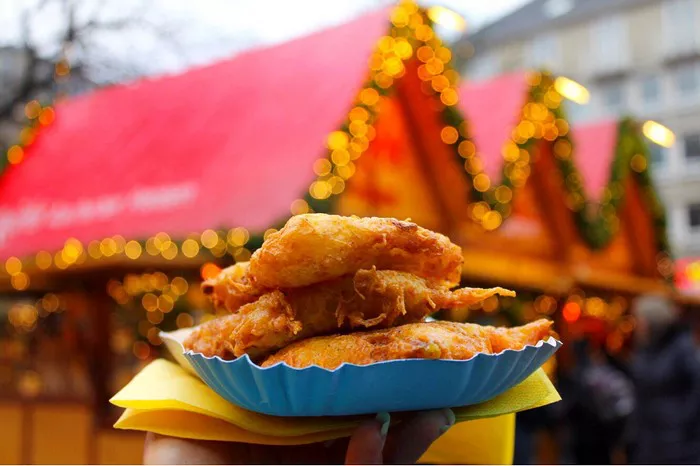Indian cuisine is a rich tapestry of flavors, spices, and diverse culinary traditions. Among the myriad delights that grace Indian tables, desserts hold a special place. With a treasure trove of sweet creations that span regions and cultures, one dessert stands out as the crown jewel of Indian confections. In this article, we embark on a delectable journey to discover the most popular Indian dessert, exploring its history, significance, regional variations, and the sheer delight it brings to countless palates.
Indian Desserts: A Symphony of Sweetness
Indian desserts, known as “mithai” in Hindi, encompass a wide range of delicacies that cater to different tastes and occasions. From syrup-soaked delights to rich dairy-based confections, Indian desserts mirror the country’s diversity and vibrant culture. While every region boasts its own array of sweets, one dessert has garnered nationwide adoration and acclaim.
The Quintessential Sweet: The Significance of Indian Desserts
In Indian culture, desserts hold immense significance beyond their delectable taste. They play a central role in celebrations, festivals, and rituals, often symbolizing joy, blessings, and unity. Offering and sharing sweets during auspicious occasions are time-honored traditions that foster a sense of community and togetherness.
Exploring the Most Popular Indian Dessert: Rasgulla
The Origins of Rasgulla:
Among the countless treasures of Indian sweets, “Rasgulla” emerges as the most beloved and iconic dessert. Originating in the state of West Bengal, Rasgulla boasts a history that dates back over a century. It was invented by the revered confectioner, Nobin Chandra Das, in the mid-19th century in Kolkata.
The Making of Rasgulla:
Rasgulla is made from chhena, a fresh, crumbly cheese that is similar to paneer. The chhena is kneaded, shaped into small balls, and then gently cooked in a sugar syrup until it becomes soft, spongy, and absorbs the sweetness of the syrup. The result is a delicate, ivory-hued orb that is irresistibly tender and sweet.
The Significance of Rasgulla:
Rasgulla holds a special place in Indian culinary history. Its simple yet exquisite flavor, combined with its cultural importance, has made it a dessert that transcends boundaries. Rasgulla is often served at weddings, festivals, and celebrations, signifying the sweetness of life’s moments.
Regional Variations: A Sweet Journey Across India
While Rasgulla is the crowned king of Indian desserts, the country’s diverse regions offer an array of sweet treasures that cater to different palates and preferences. Let’s explore some regional variations that showcase the rich tapestry of Indian sweets:
1. Gulab Jamun:
Originating from North India, Gulab Jamun is a beloved dessert made from milk solids (khoya) or milk powder, which is shaped into soft, golden-brown balls and deep-fried until they turn crispy on the outside. These balls are then soaked in a fragrant rose and cardamom-flavored sugar syrup.
2. Jalebi:
A classic favorite across India, Jalebi is a deep-fried dessert made from a batter of fermented flour that is shaped into spirals or pretzel-like forms. After frying, the jalebis are soaked in saffron-infused sugar syrup, resulting in a sweet treat that’s crispy, syrup-soaked, and bursting with flavor.
3. Mysore Pak:
Hailing from the southern state of Karnataka, Mysore Pak is a rich and crumbly confection made from a combination of ghee, sugar, and chickpea flour. It has a melt-in-the-mouth texture and is often enjoyed during festivals and special occasions.
4. Sandesh:
From the eastern state of West Bengal, Sandesh is a delicate dessert made from fresh chhena (similar to paneer), sugar, and cardamom. It’s often flavored with saffron, rose water, or fruits, and shaped into various forms before being served.
5. Modak:
Modak is a steamed or fried dumpling filled with a sweet mixture of coconut, jaggery, and sometimes dried fruits. This Maharashtrian delight holds special significance during the festival of Ganesh Chaturthi.
6. Payasam/Kheer:
Payasam or Kheer is a creamy rice pudding made with milk, rice, and sugar, often enriched with nuts, saffron, and cardamom. This comforting dessert is enjoyed in various states across India.
7. Rabri:
Rabri is a luscious dessert made by thickening milk through slow cooking and reducing it to a creamy consistency. It’s often flavored with cardamom, saffron, and nuts, making it a rich and indulgent treat.
The Role of Indian Desserts in Culture
Indian desserts are more than just culinary creations; they are an integral part of the country’s cultural fabric. These sweet delicacies play a pivotal role in various celebrations and traditions:
1. Festivals:
Indian festivals are incomplete without the presence of sweets. During Diwali, the Festival of Lights, sweets are exchanged as tokens of goodwill and prosperity. During Raksha Bandhan, sisters tie a protective thread (rakhi) on their brothers’ wrists and are rewarded with sweets.
2. Rituals and Offerings:
Sweets are often offered to deities during prayers and rituals. They symbolize devotion, gratitude, and a desire to share the sweetness of life’s blessings.
3. Communal Bonding:
Sweets are shared with friends, family, and neighbors during special occasions, creating a sense of community and strengthening relationships.
4. Culinary Artistry:
Indian desserts showcase the artistry of skilled confectioners who have mastered the craft of transforming simple ingredients into exquisite creations that delight the senses.
Conclusion
Indian desserts offer a tantalizing symphony of flavors, colors, and textures that celebrate the richness of the country’s culinary heritage. While Rasgulla reigns supreme as the most popular Indian dessert, the diverse regional variations provide a glimpse into the cultural tapestry that is India. With each bite, Indian sweets encapsulate the essence of celebrations, traditions, and the enduring sweetness of life’s moments. Whether you’re savoring the ethereal softness of Rasgulla, the golden crispiness of Jalebi, or the creamy delight of Payasam, every bite is a journey into the heart of India’s love affair with sweetness.
























